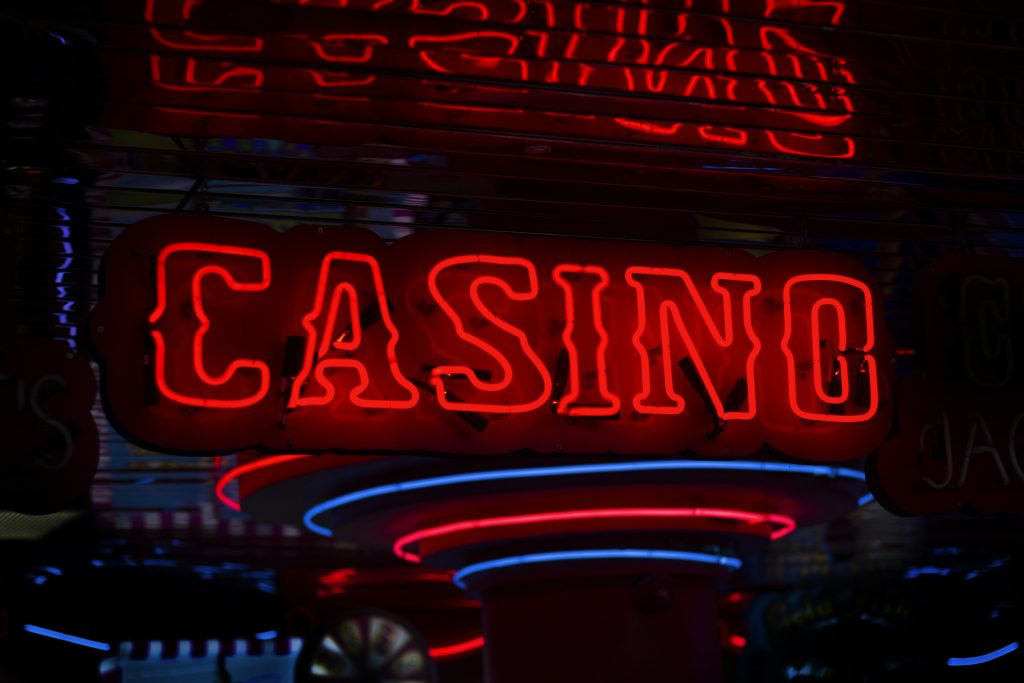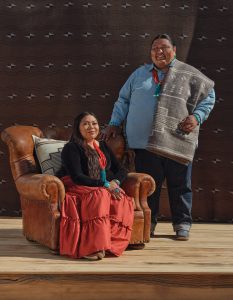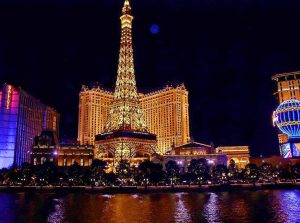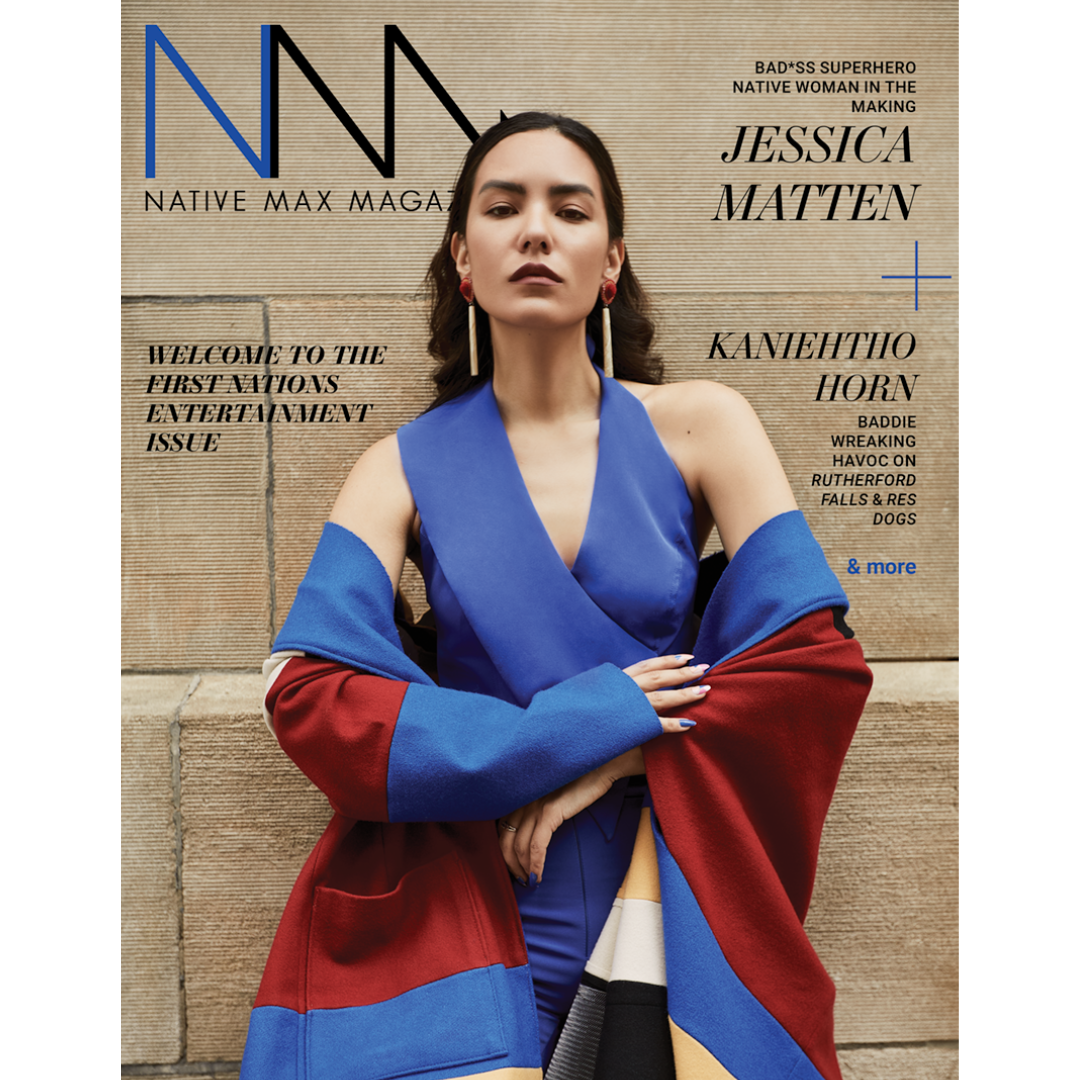From the glimmering lights of Las Vegas to the high-stakes tables of Monte Carlo, Hollywood has long portrayed casinos as bastions of wealth, elegance, and intrigue. Films like Ocean’s Eleven, Casino, and 21 have glamorized casino culture, showcasing opulent interiors, designer suits, champagne toasts, and the allure of winning big. Over the decades, this cinematic representation has turned casinos into cultural symbols of luxury, power, and exclusivity.
These portrayals have had a significant impact not only on public perception but also on the casino industry itself, influencing how physical and online casinos present themselves to players. Importantly, Native American-owned casinos have been instrumental in transforming this image into reality—offering world-class gaming experiences that rival the glitz and glamour of their Hollywood counterparts.
Hollywood Glamour and Its Influence on Online Casinos
The influence of Hollywood casino movies doesn’t stop at the big screen. As the casino industry evolves, especially in the digital age, the online casino sector has increasingly adopted the aesthetics and storytelling elements seen in films. Lavish visuals, immersive soundtracks, and VIP-centered user experiences now define many top-tier online platforms.
One standout example is the live casino platform from Solaire, a premium online brand that has expertly capitalized on Hollywood-inspired themes. Many of its live casino games feature cinematic narratives, echoing the tension and excitement of blockbuster hits. Take, for instance, the Dragon Tiger table—a fast-paced card game given a Hollywood twist with visual elements inspired by movies with Asian inspired casinos like Ocean’s Thirteen. Sleek, stylish, and suspenseful, the game creates an atmosphere akin to a movie scene. Another key element borrowed from Hollywood is the emphasis on VIP treatment. Online platforms now include exclusive high-roller lounges, personal account managers, and bespoke promotions—mirroring the velvet-rope exclusivity depicted in films. These high-end touches, born from the silver screen, have become central to the marketing and UX strategies of elite online casinos, including those operated by or in partnership with Native American tribes.
Yet despite the massive influence of the online casino industry, Hollywood has had the biggest impact on brick-and-mortar casinos, and Native Americans have played a massive role in this. Here are four reasons why this was achieved.
The Evolution of Native American Casinos into Luxury Resorts
Historically, Native American casinos were established primarily as a means of economic development and self-determination under the Indian Gaming Regulatory Act (1988). Initially modest in scale, many of these enterprises have evolved into full-scale luxury resorts, complete with five-star hotels, gourmet restaurants, spas, and entertainment venues.
Casinos like Foxwoods Resort Casino (Mashantucket Pequot Tribal Nation) and Mohegan Sun (Mohegan Tribe) in Connecticut are prime examples. These destinations are not only major economic drivers but also embody the kind of high-end experiences portrayed in Hollywood films. With glitzy interiors, high-limit rooms, and exclusive events, Native American casinos have not just followed the Hollywood model—they’ve helped define it in real life.
Hollywood’s Role in Creating a Casino Aesthetic That Tribes Have Adopted and Enhanced
Hollywood cinema has created a visual and cultural template for what a luxurious casino should look like—grand chandeliers, velvet carpets, tuxedoed dealers, and dramatic lighting. Native American casino operators have adopted and often elevated these aesthetics to attract a wider audience and compete on a national or international scale.
This embrace of Hollywood-inspired luxury serves multiple purposes. It not only appeals to affluent tourists and high-stakes players but also helps break stereotypes about Native American enterprises, showcasing them as sophisticated, world-class businesses. In doing so, tribes have redefined luxury in gaming while still honoring their cultural roots through architecture, design, and entertainment.
VIP Culture and High-Stakes Gaming
The concept of the “high roller”—a recurring Hollywood trope—has translated directly into the VIP culture of both brick-and-mortar and online Native American casinos. Inspired by characters like Danny Ocean or James Bond, who play private games in exclusive suites, many tribal casinos now offer VIP-only lounges, penthouse accommodations, and private concierge services.
This focus on exclusivity aligns with Hollywood’s depiction of casino life as aspirational and elite. At the same time, it has enabled Native American operators to cater to big spenders, corporate clients, and international tourists—bringing in significant revenue while reinforcing the image of their establishments as luxury destinations.
Cultural Representation and Storytelling through Design and Entertainment
While adopting Hollywood’s luxurious casino aesthetic, Native American casinos also use their platforms to highlight Indigenous culture, blending modern elegance with tribal heritage. This approach creates a unique form of luxury—one that honors history and community while offering state-of-the-art amenities.
For example, the Seneca Niagara Resort & Casino features artwork, designs, and cultural motifs that reflect the heritage of the Seneca Nation. This year, two casino properties from Seneca were again recognized among the hospitality industry’s best yesterday at the annual Four Diamond Awards, showing how the casinos have made luxury the priority. Entertainment offerings often include performances by Native artists alongside mainstream acts, offering a richer, more inclusive experience than what is typically shown in Hollywood films.
Hollywood has occasionally recognized this blend of cultural identity and casino opulence, most notably in films like Wind River (2017). While not centered on a casino, the film includes scenes set in a Native-run casino that subtly illustrates how these venues serve not just as entertainment hubs but also as economic lifelines and cultural spaces for tribal communities. The juxtaposition of sleek casino interiors with deeper community struggles reflects the dual role these establishments play—offering both modern luxury and cultural preservation.
This fusion of heritage and luxury not only appeals to diverse audiences but also redefines what “luxury” means in a casino context—showing that it can be inclusive, culturally respectful, and rooted in community values.
Conclusion: Native American Casinos as the Modern Face of Hollywood-Inspired Luxury
The glamorous image of casinos portrayed by Hollywood has undoubtedly shaped global perceptions of what gaming venues should look and feel like. From lavish interiors to high-stakes drama and exclusive treatment, films have created a standard that the real-world casino industry continues to emulate.
Native American tribes have not only embraced this cinematic vision of luxury—they’ve improved upon it, transforming casinos into culturally rich, economically powerful destinations. Whether through multi-billion-dollar resort projects or immersive online gaming platforms, Native American gaming enterprises now represent the very best of what Hollywood imagined—luxury, excitement, and prestige—with the added dimension of cultural depth and authenticity.
As the gaming industry moves further into the digital era, these tribes are leading the way—not just as operators, but as innovators who are redefining what luxury means in the casino world.
For more Native American movie news, check out our On Radar articles.











